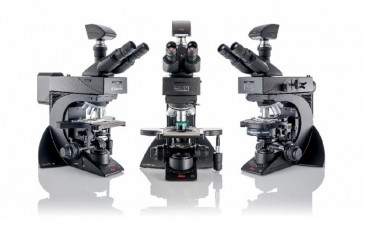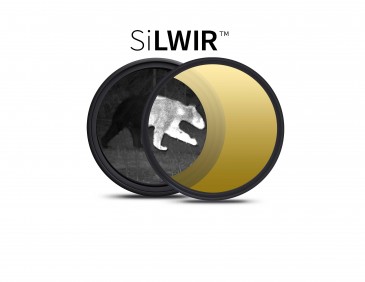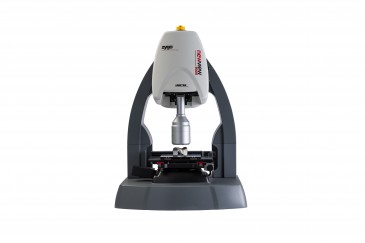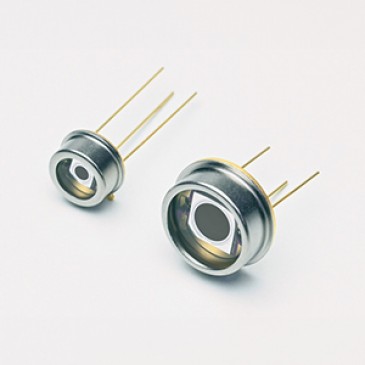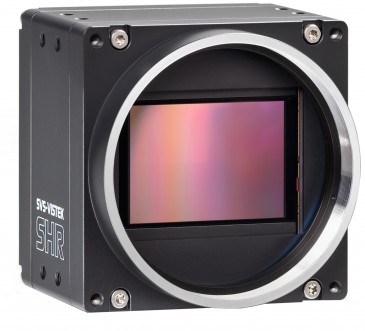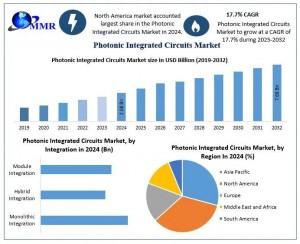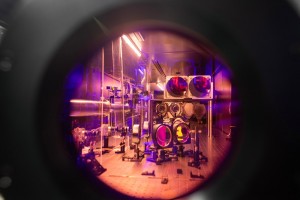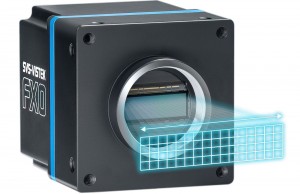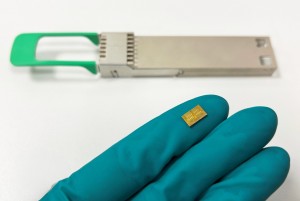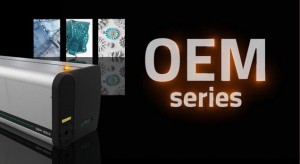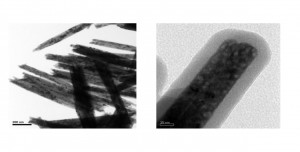
Researchers at the PSG College of Technology, Coimbatore, India, have developed a less toxic, nanoparticle-based contrast agent that serves for both magnetic resonance imaging (MRI) and optical imaging of cancer cells.
The scientists say this substance is key to diagnosing cancer cells at an early stage. “We have developed a nano-contrast-agent that combines the luminescent property of europium ions and the magnetic property of gadolinium oxide,” explains Dr R Arun Kumar, associate professor of physics and head of the GRD Centre for Materials Research at the PSG College of Technology. He adds that gadolinium-based agents produce particularly bright contrast images.
Advantages of the new nanoparticle-based contrast agent
Since the new nanoparticle-based contrast agent can be used for both imaging modalities, the concentration of contrast agent given to the patient can be lower. “With the minimum amount of contrast agent, it is possible to identify the cancer cells with greater accuracy,” Kumar says, adding that the nano-contrast-agents developed by his team have higher relaxivity than commercially available contrast agents.
In addition to reduced toxic exposure for the patient due to a lower required concentration of contrast medium, the new agent itself is less pernicious as well: “The toxicity of the synthesized nanoparticles was reduced by coating them with silica,” says Kumar. “Silica is a biocompatible material that is chemically inert and has good optical properties.”
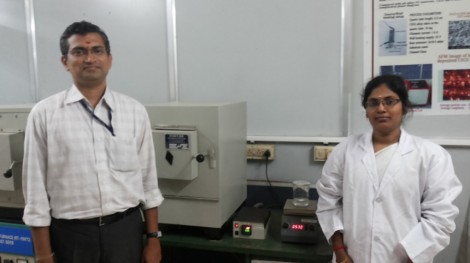
The expert notes that gadolinium chelates are currently widely used in hospitals for imaging purposes. The problem is that when these compounds are injected into the patient, Gd3+ ions dissociate and can pose severe health problems. “This nanoparticle-based contrast agent provides a solution to the problem,” says Kumar. “By coating the nanoparticles with silica, the biocompatibility nature is also improved.”
The materials researcher is confident that with further optimization, the nano-contrast-agent his team has developed can be used for clinical purposes: “Our team has synthesized the nanoparticles by different methodologies, and we are optimizing the size and morphology of the particles by varying the parameters, such as pH, temperature and the concentration of the precursors, to develop contrast agents with low toxicity, higher relaxivity and longer lifetime.”
Written by Sandra Henderson, Research Editor, Novus Light Technologies Today


























 Back to Features
Back to Features